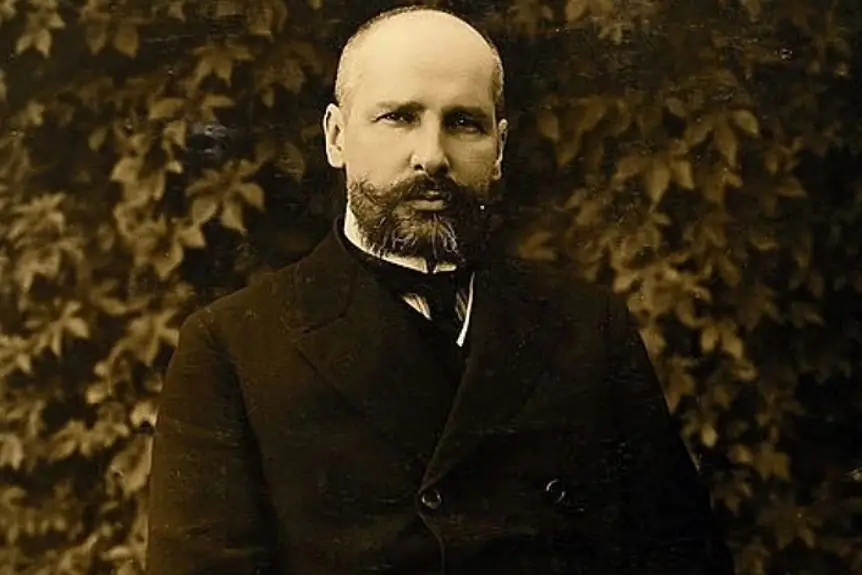- Author Antonio Harrison [email protected].
- Public 2023-12-16 07:44.
- Last modified 2025-01-22 21:44.
The statesmen of the past are not often remembered. After a long oblivion, the name of Pyotr Arkadyevich Stolypin reappeared in the information field. They even erected a monument to him in the center of Moscow.

Starting conditions
Stolypin, as a politician, is known for the famous phrase: "Give me twenty years of peace, and I will reform Russia." At the time, at the beginning of the 20th century, when he announced his intention, the situation in the country was tense. The peasants demanded the redistribution of agricultural land. An unnecessary war with Japan was raging in the Far East. The tsarist government had little control over the situation and did not make actual decisions. In an atmosphere of confusion and vacillation, Pyotr Arkadyevich agreed to take the post of prime minister.
The future statesman was born on April 14, 1862 in an old noble family. Father, general of artillery, a descendant of an old family, distinguished himself in the war with Turkey in 1878-79. The mother, whose lineage goes back to Rurik, at the time of birth was in the city of Dresden, where she stayed with relatives. When the war ended, the Stolypin family was reunited and settled in the Russian city of Orel. Here Peter graduated from high school and went to St. Petersburg, entered the natural department of the university with a degree in agronomy.

In the sovereign service
After graduating from university in 1885, Stolypin was assigned to the Department of Agriculture and Agricultural Industry. Both in his studies and in the line of duty, Pyotr Arkadyevich demonstrated diligence, organization and professionalism. In 1889 he was transferred to the city of Kovno, to the post of leader of the local nobility. In 1902, Stolypin was appointed governor of the Grodno province. He was actively engaged in carrying out reforms, which involved the resettlement of peasants in farms, the development of cooperation and the educational system.
Three years later he was transferred to the post of governor of the Saratov province. Already at the new place of service, he learned about the beginning of the Russo-Japanese War. At the same time, protests of peasants and workers began, dissatisfied with their material situation. In the spring of 1906, Stolypin was appointed Minister of the Interior. And a few months later, Petr Arkadievich became the Chairman of the Council of Ministers. In this post, he vigorously quenched unrest in rural areas and began to carry out reforms in the agrarian sector of the economy.
Recognition and privacy
It should be noted that Stolypin did not manage to complete the transformations in the village. He was killed by a terrorist bullet in the fall of 1911. He failed to bring his plans to completion. However, at the beginning of the 21st century, Russia remembered him and erected a monument. And also created the "Stolypin Club", which was founded by Russian businessmen.
The personal life of Pyotr Stolypin turned out well. He married Olga Neidgard at 22. One son and five daughters were born in the marriage. According to contemporaries, husband and wife lived in perfect harmony.






